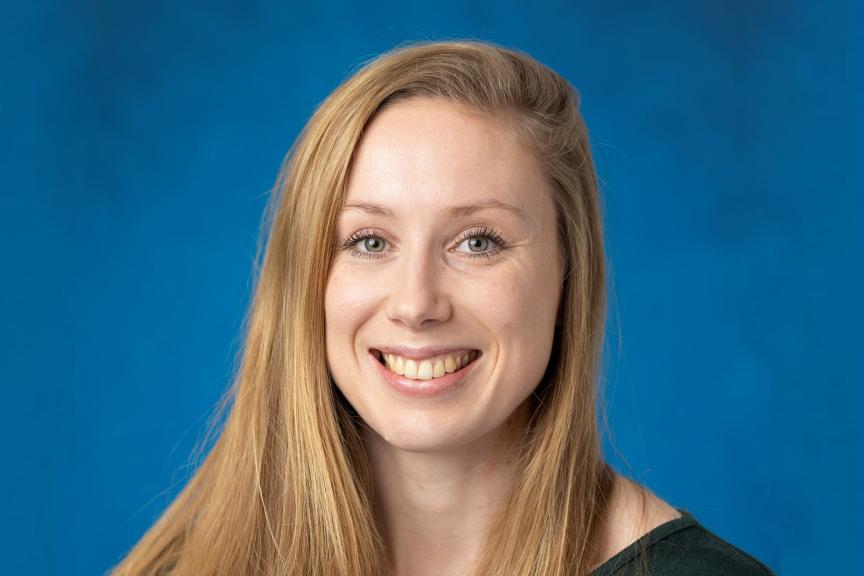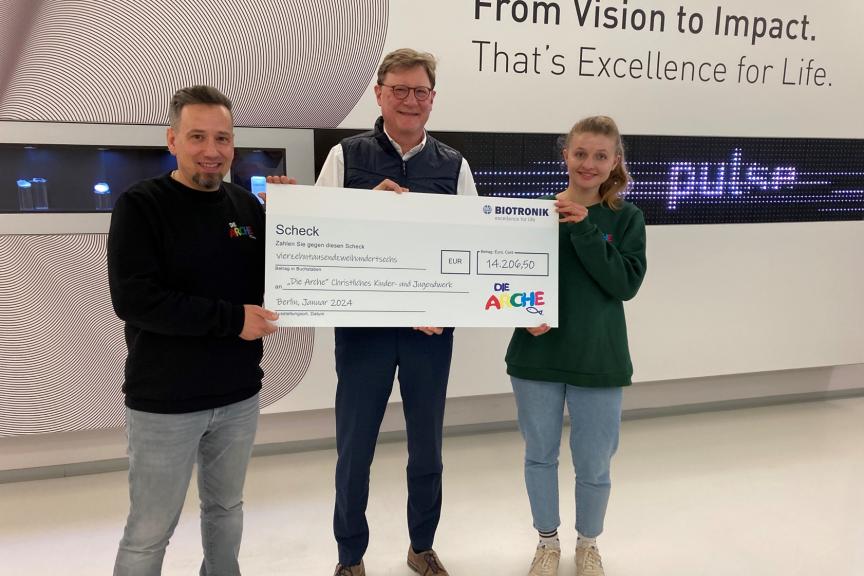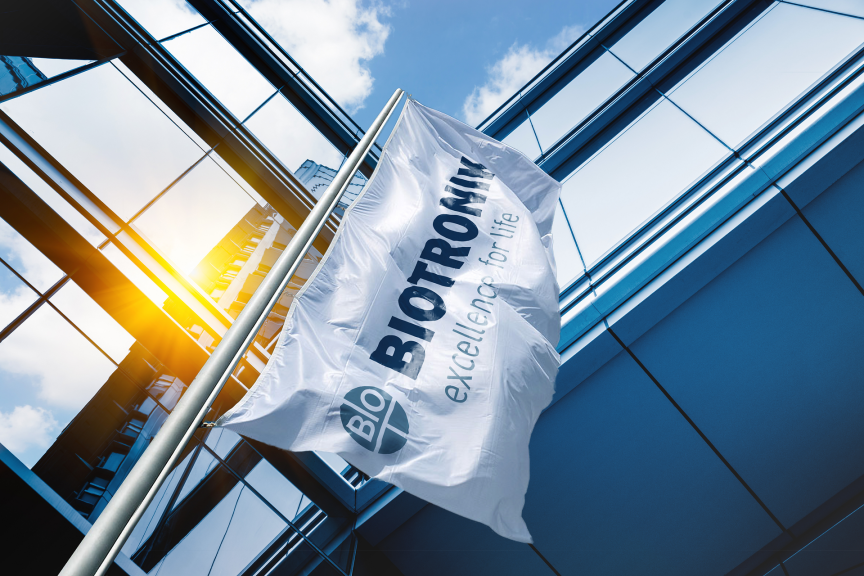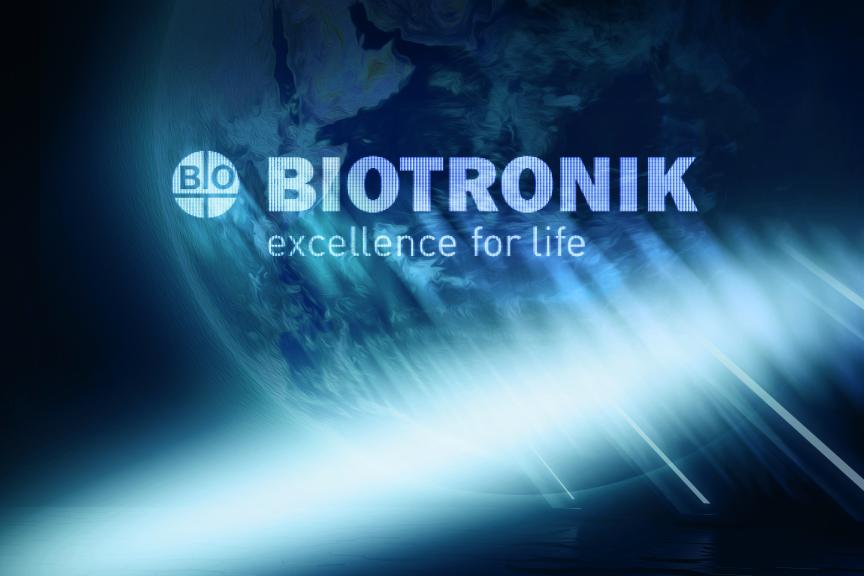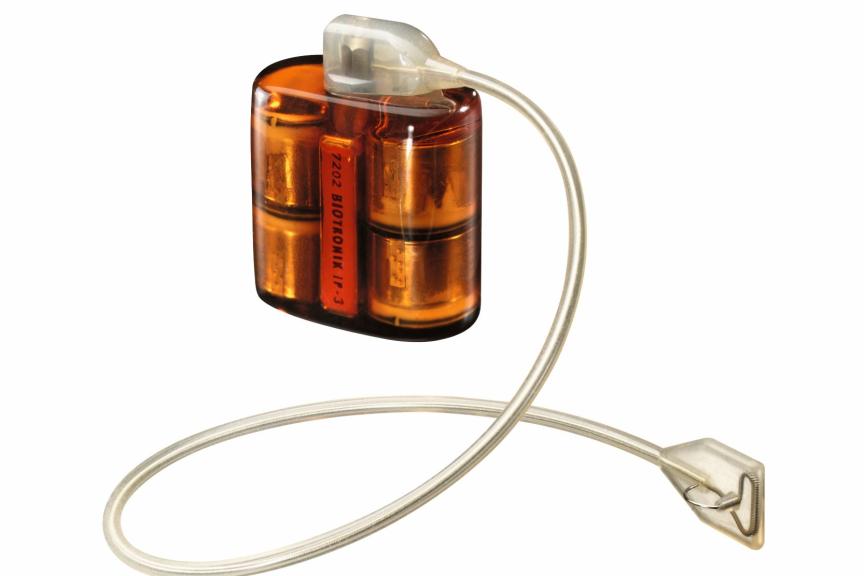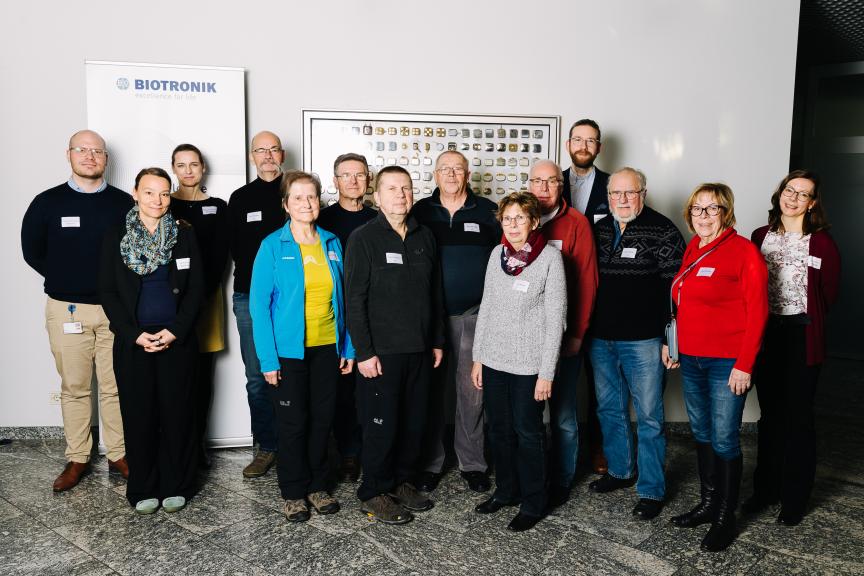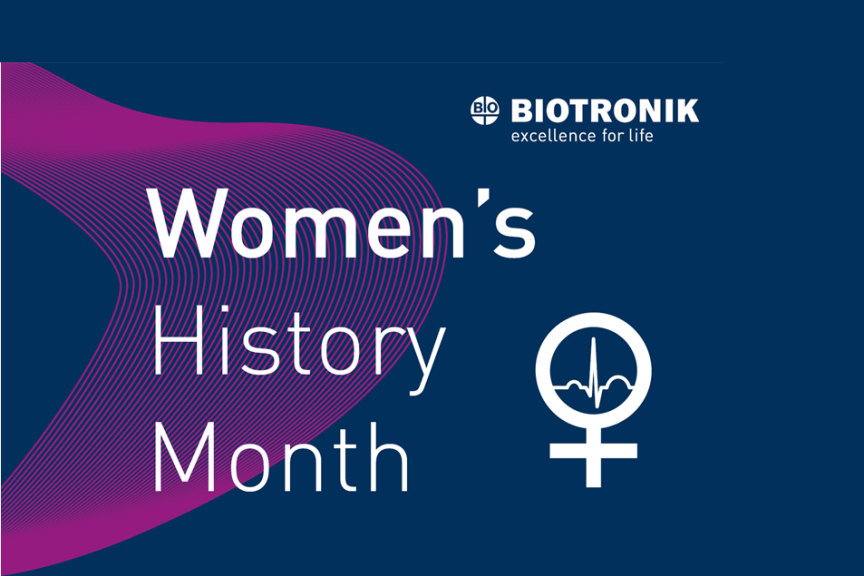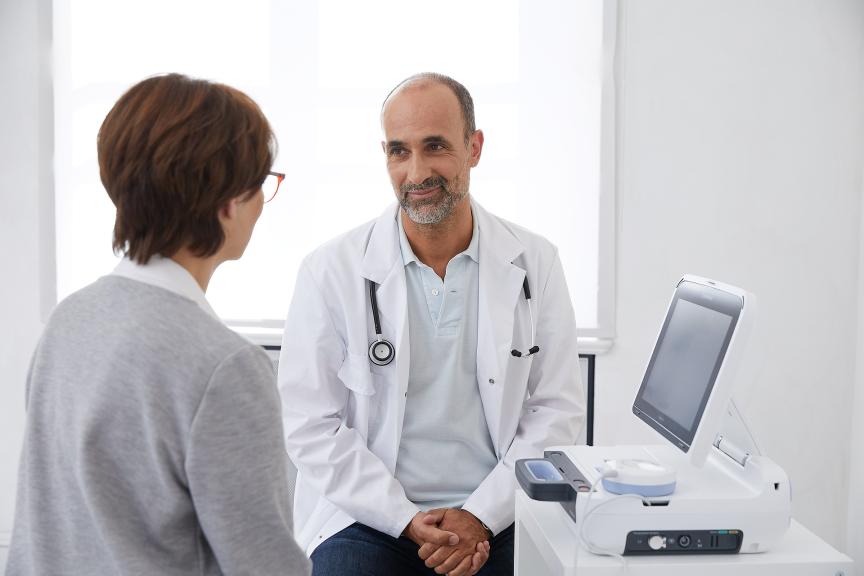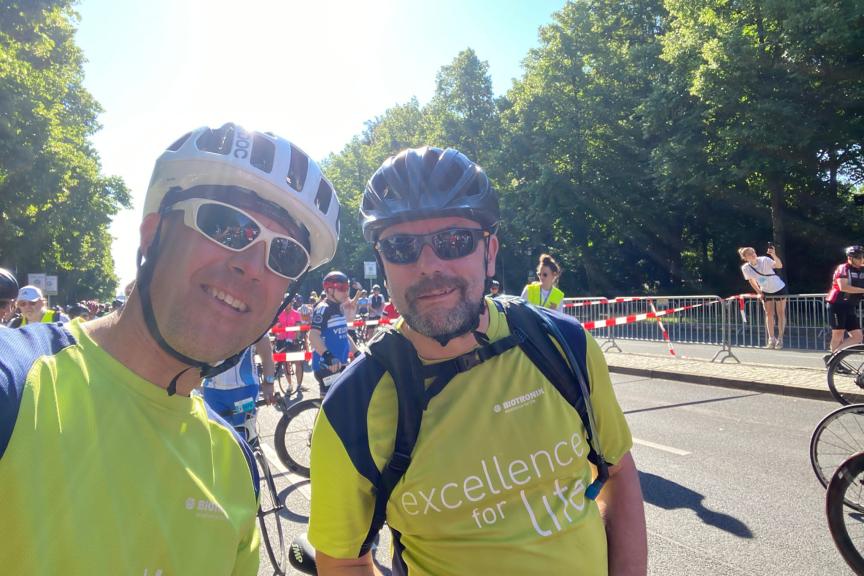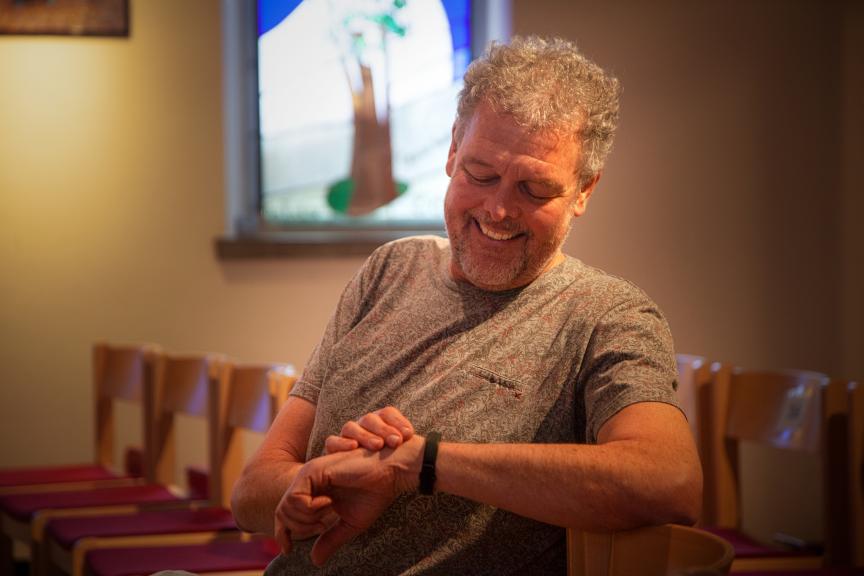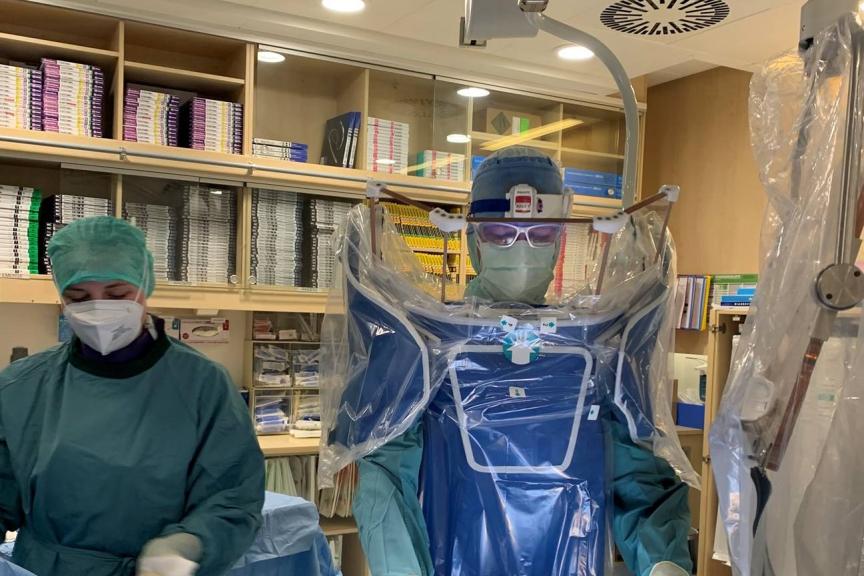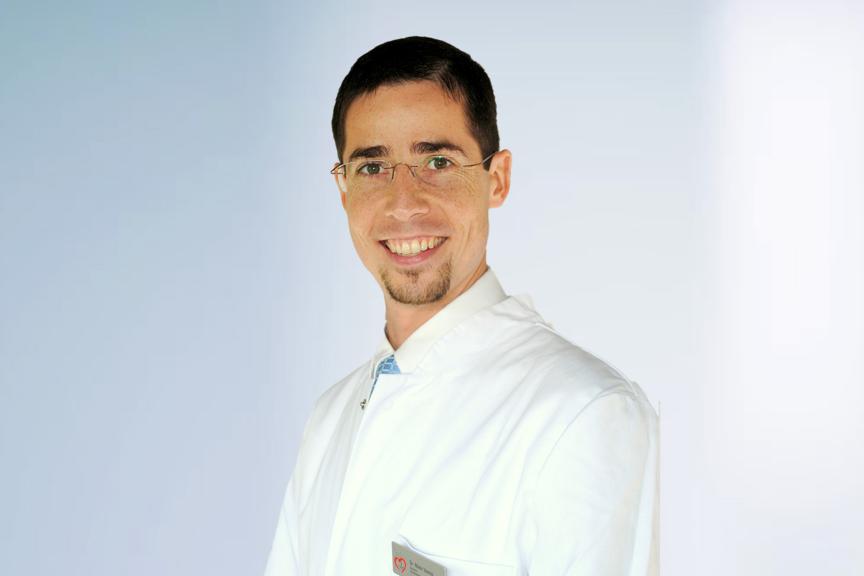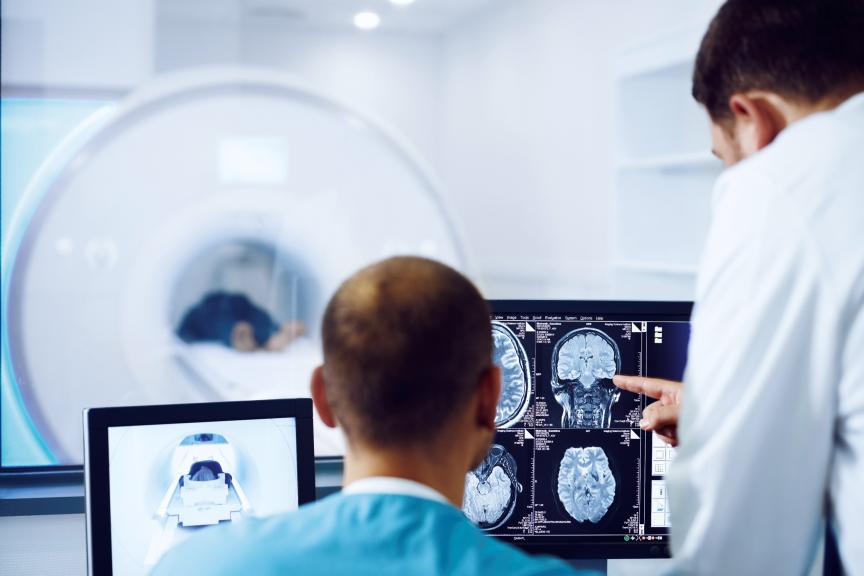Summer Reading Selections: Five Must-Read Studies for Clinical Practice and Trends
Explore the Latest Research on AI in Medicine, Atrial Fibrillation Detection, Resorbable Scaffolds, Non-Contact Charge Density Mapping, and Spinal Cord Stimulation to Enhance Clinical Practice and Stay Ahead of the Curve

With summer upon us in much of the world, many are getting ready to take some well-earned time off. Why not use this time to catch up on tasks or squeezing in a bit of reading to keep up with industry developments and trends? But what reading should we put on the list to stay ahead of clinical practice to ensure we make the most of our time?
We asked our BIOTRONIK colleagues from all areas to give us their recommended must-read studies for insightful summer reading. So, without further ado, here are our top picks for this summer's must-read studies that promise to deliver valuable insights:
1. AI in medicine – applications and trends
Medical technology companies around the world are already well underway in their research on how Artificial Intelligence (AI) can help improve patient outcomes, and BIOTRONIK is no exception.
With AI in medicine being such a new and exciting field, practitioners can expect a lot of new data and published studies in the next few years. New England Journal of Medicine’s new AI series kicks off with a historical overview of AI in image analysis, using chatbots, diagnosis, and mapping disease outbreaks.
2. DX Technology allows for guideline-recommended remote monitoring of subclinical AF – the MATRIX study
Can single-chamber ICD indicated patients benefit from timely atrial fibrillation detection and anticoagulation without needing a dedicated atrial lead? Hindricks et al uses the MATRIX registry to help answer this question with the largest clinical evaluation yet conducted of BIOTRONIK’s DX Technology – a unique single-lead ICD system with atrial sensing capabilities which provides accurate detection of atrial high-rate episodes and monitoring of its progression. Enrolling more than 2,000 DX patients, it found a 99.7% detection accuracy for AHRE ≥ 1 h, in combination with 92.5% Home Monitoring® transmission performance. These results confirm that DX Technology allows a reliable guideline-recommended remote monitoring of subclinical AF also in patients indicated for a single-chamber ICD.
3. Does a resorbable scaffold match the safety profile of modern DES? EuroIntervention publishes BIOMAG-I
The BIOMAG-I 12-month data, published in EuroIntervention, is the first-in-human study investigating BIOTRONIK’s new-generation DREAMS 3G resorbable magnesium scaffold (RMS).
And how does it perform compared to implanted drug-eluting stents?
Examining 116 patients with 117 coronary artery lesions across 14 European centers, the study ultimately found that BIOTRONIK’s new-generation DREAMS 3G resorbable magnesium scaffold showed significantly lower in-scaffold late lumen loss (LLL) than its predecessor at 12 months. It also showed a comparable LLL to a contemporary DES. With this safety and efficacy performance, it can be considered on the level of contemporary drug-eluting stents, while providing the benefits of a resorbable scaffold.
4. Using non-contact charge density mapping to find PV targets in persistent AF patients – RECOVER AF
Following persistent atrial fibrillation patients who already had either one or two ablation procedures before, RECOVER AF investigators used non-contact charge density mapping from AcQMap to eliminate pathologic conduction patterns (PCPs), thus being able to guide the ablation of non-PV targets.
Patients were 76 percent free of persistent AF, regardless whether they were on anti-arrhythmic drugs, after twelve months. Further analysis revealed freedom from AF was particularly high (91%, p<0.05) for those patients with only a pulmonary vein isolation (PVI) prior to enrollment.
“The particularly high success rates for persistent AF retreatment in patients could indicate that ablation beyond PVs that are not informed by a patient’s activation during AF could be deleterious to future treatment,” says lead author Timothy R. Betts.
5. Spinal Cord Stimulation for chronic pain
Spinal cord stimulation (SCS) as a treatment for chronic pain has been available for more than 50 years, with many significant advancements developed within the last five to ten years. Nowadays, more than half of all SCS patients benefiting from reduced pain following SCS. Verrills et al, an open access manuscript published in late 2022, offers a comprehensive overview of chronic pain, its treatment with neuromodulation therapies, and a brief review of applicable SCS literature.
It also provides a solid introduction to SCS therapy and includes references to multiple additional papers relevant for those looking to learn more about BIOTRONK Neuro’s new SCS therapy.
With approximately 1.8 million articles published in medical journals each year and a busy professional life, it is sometimes difficult to stay ahead of clinical practice and medical trends. We hope that these recommended studies provide you with valuable knowledge and insights, allowing you to stay at the forefront of clinical practice. Enjoy your summer reading and make the most of your well-deserved time off!



